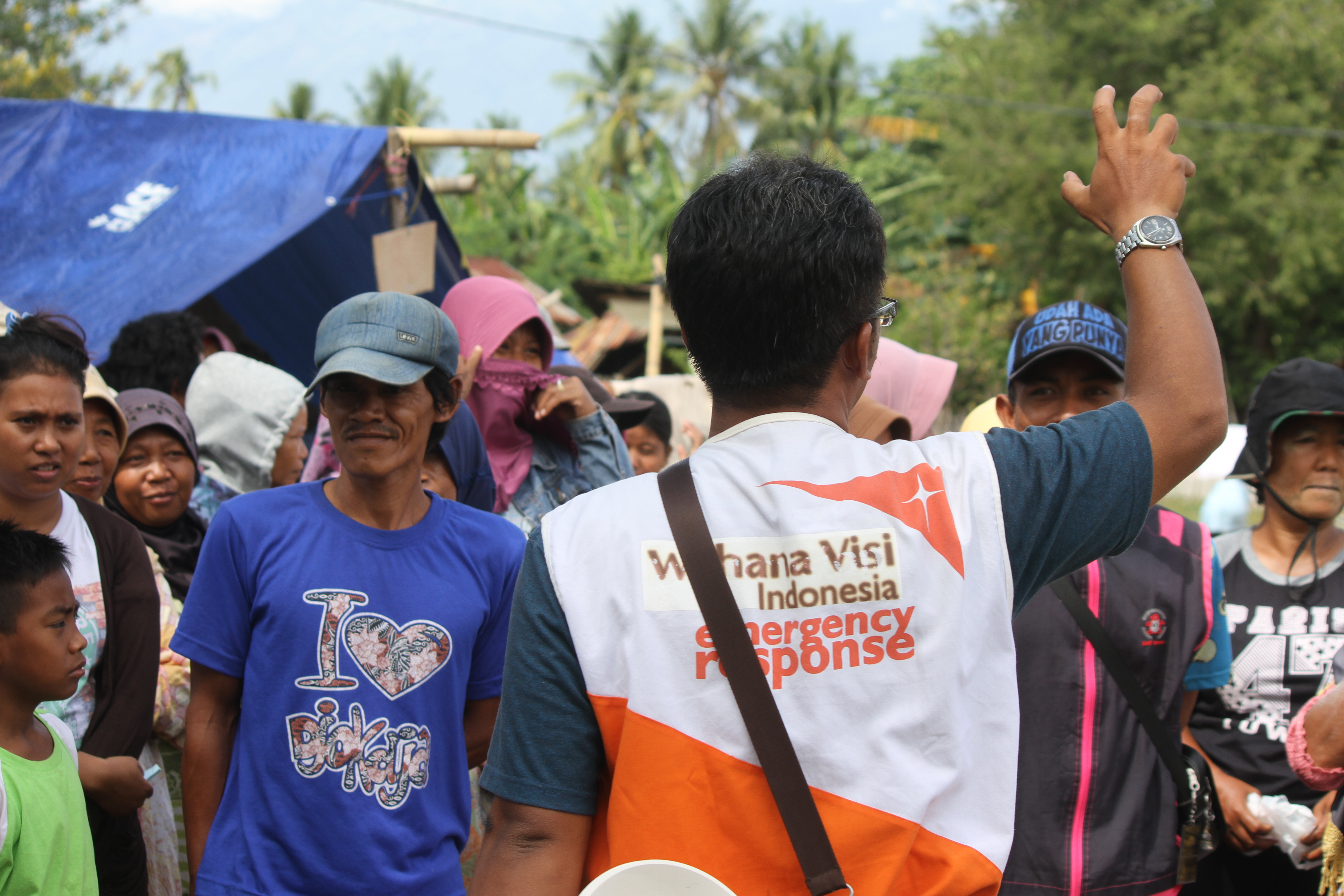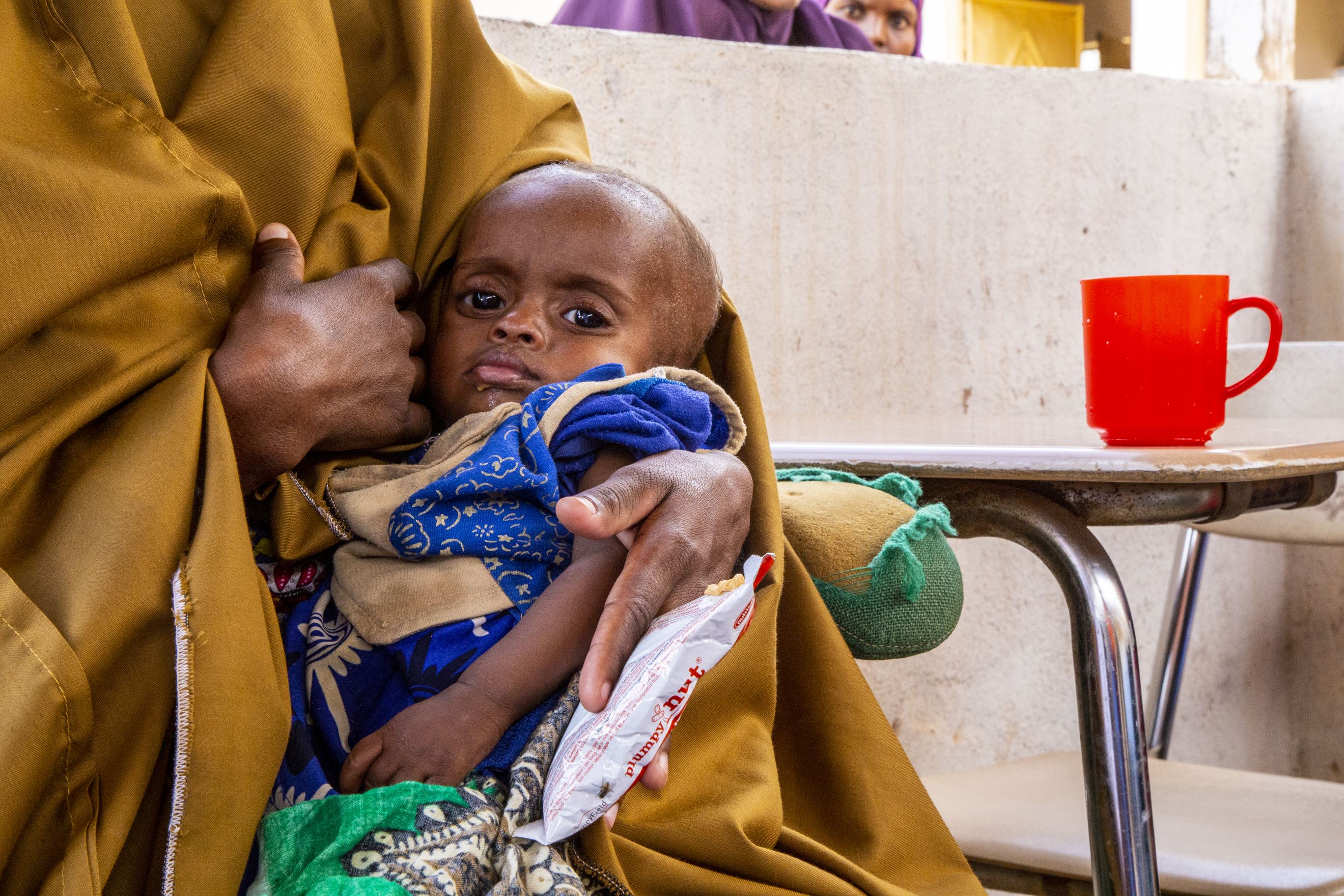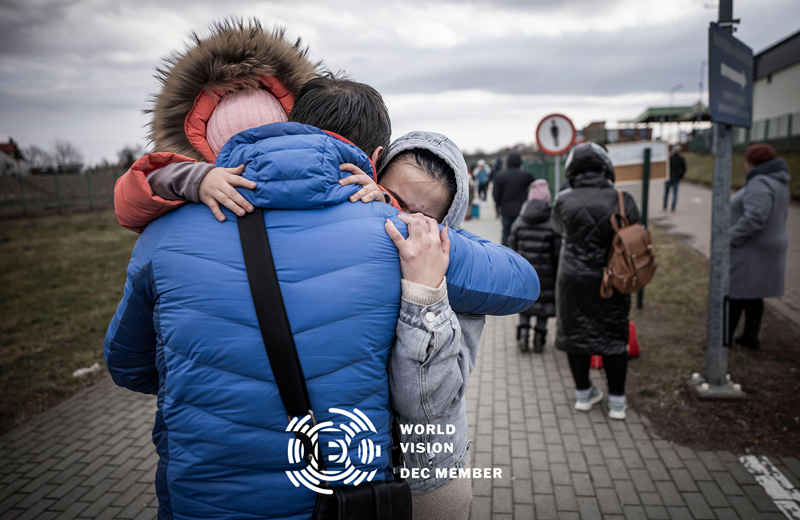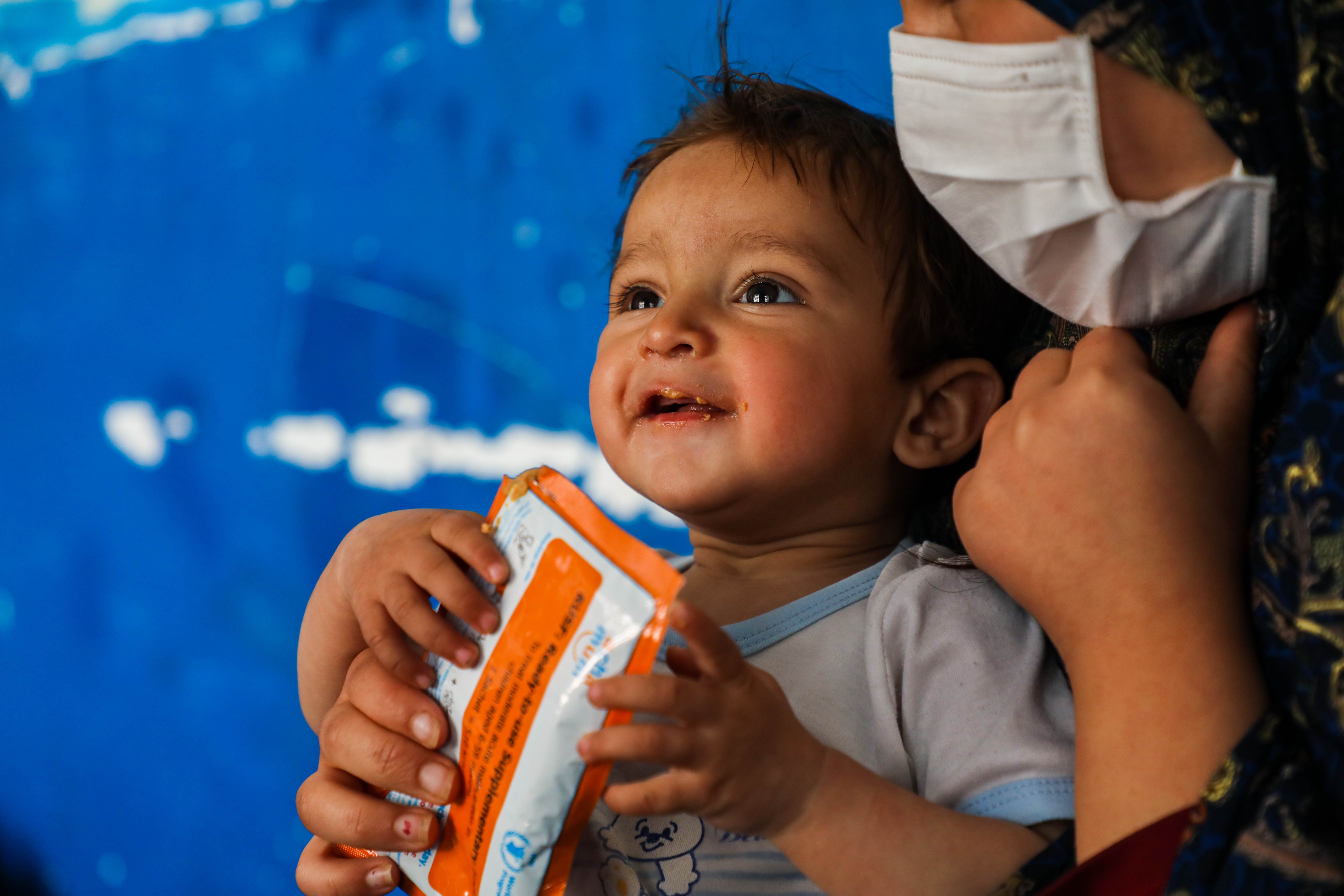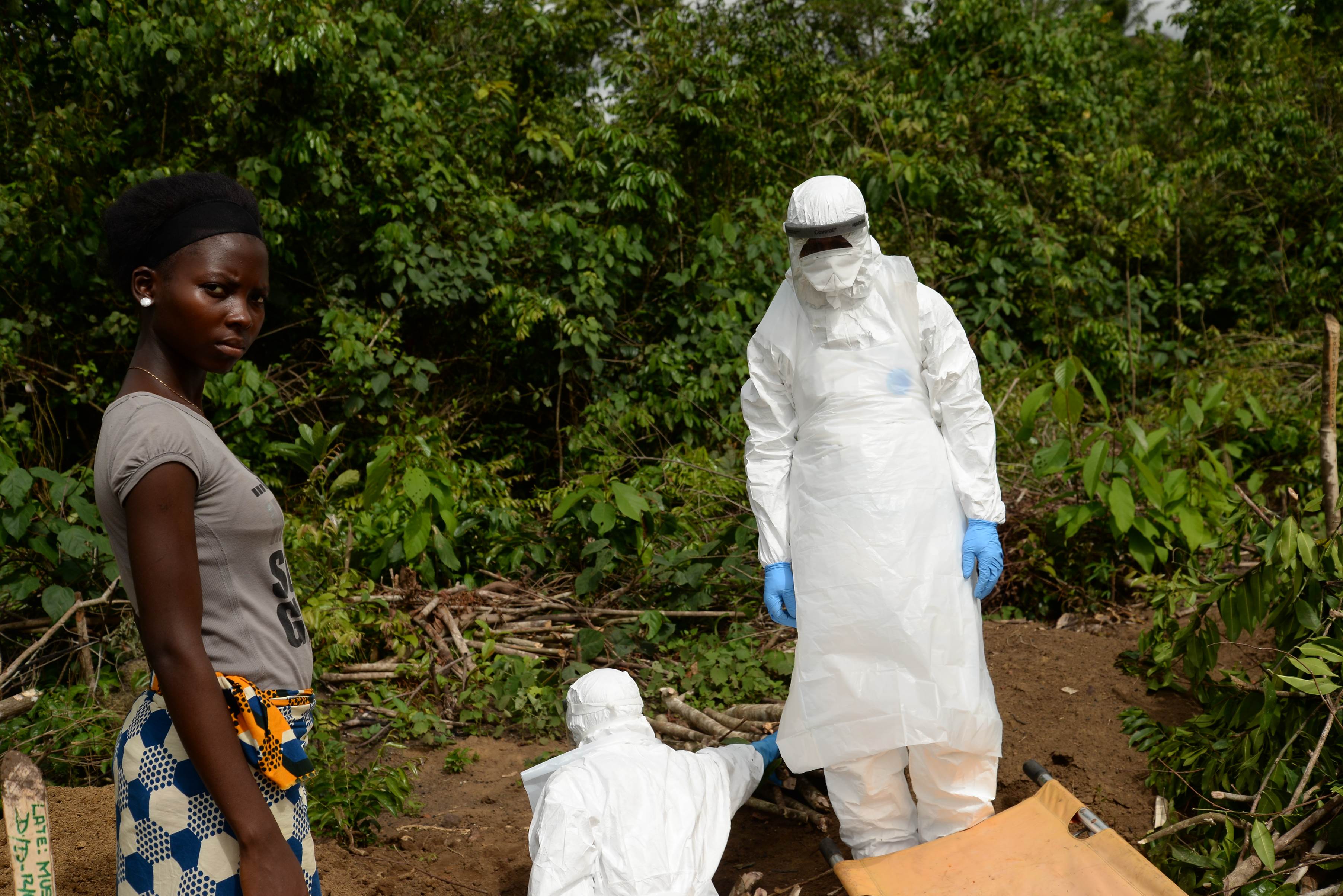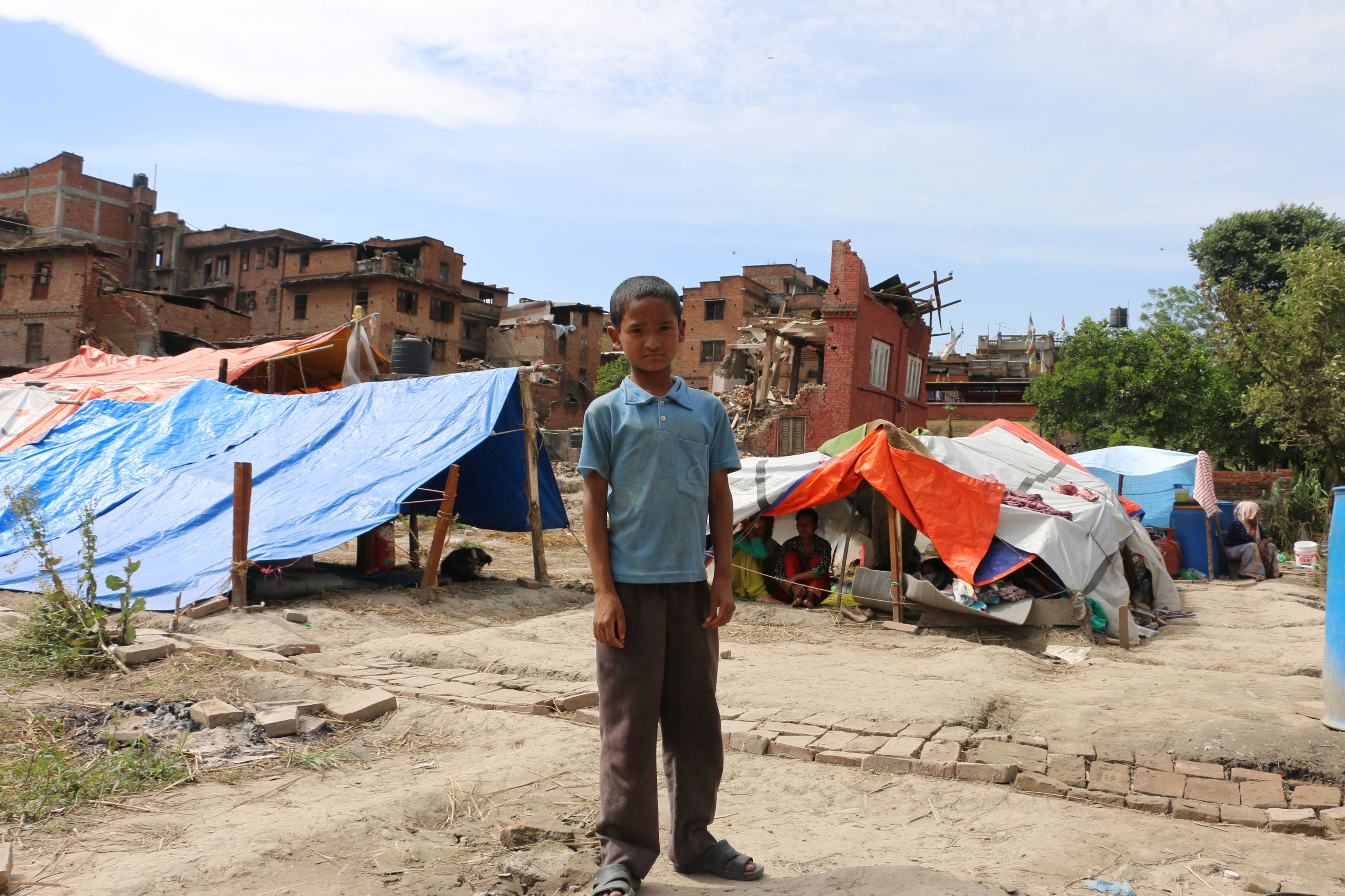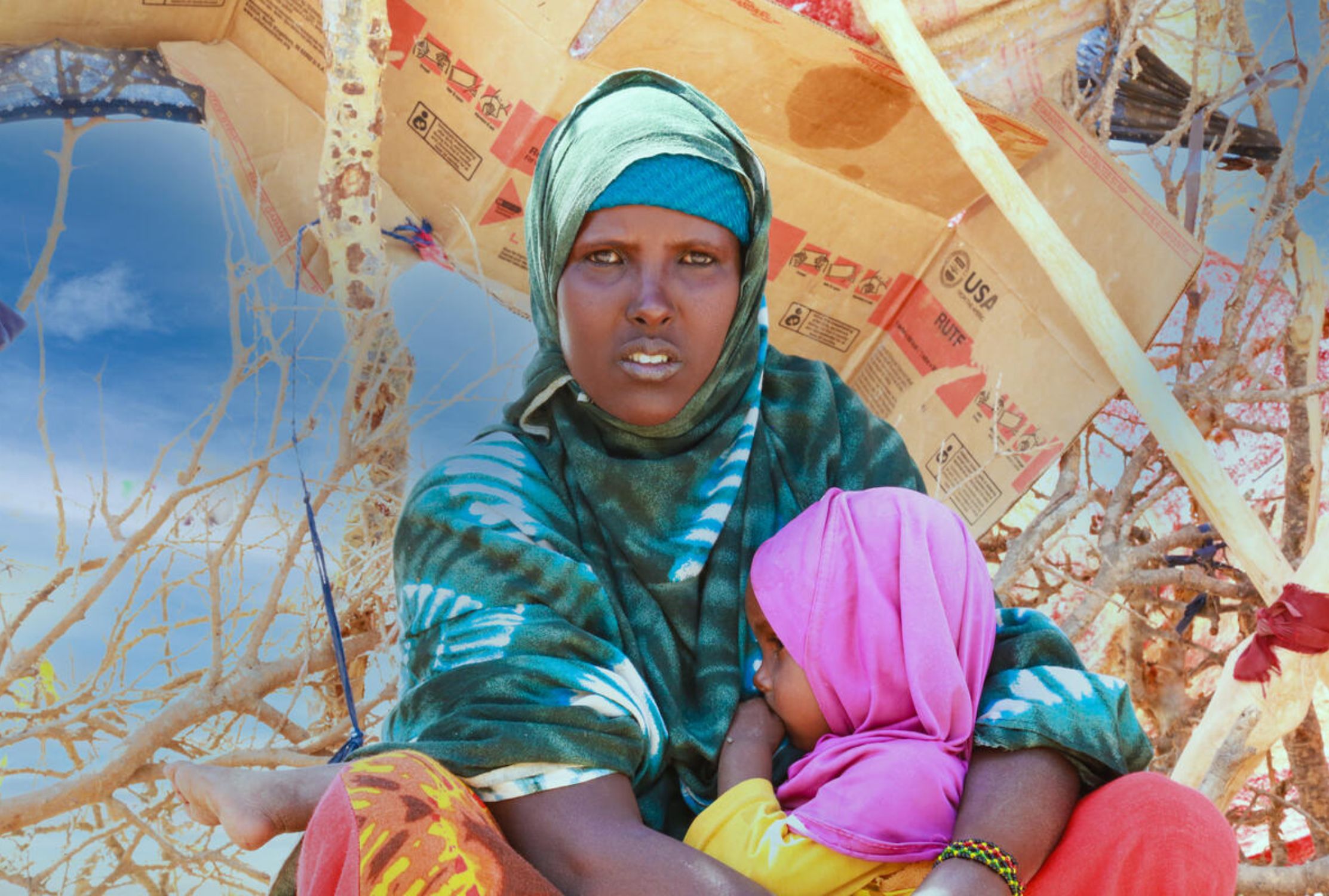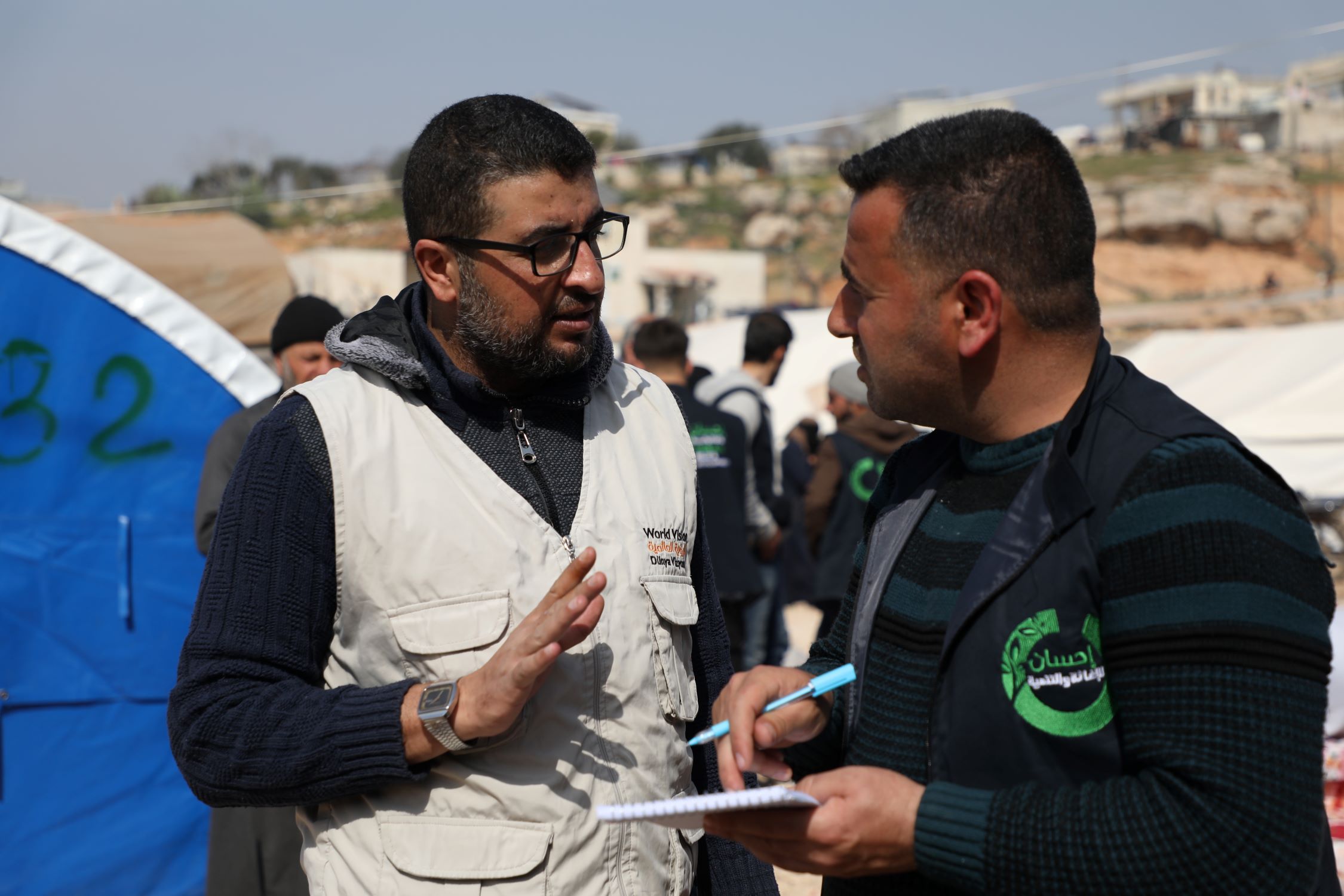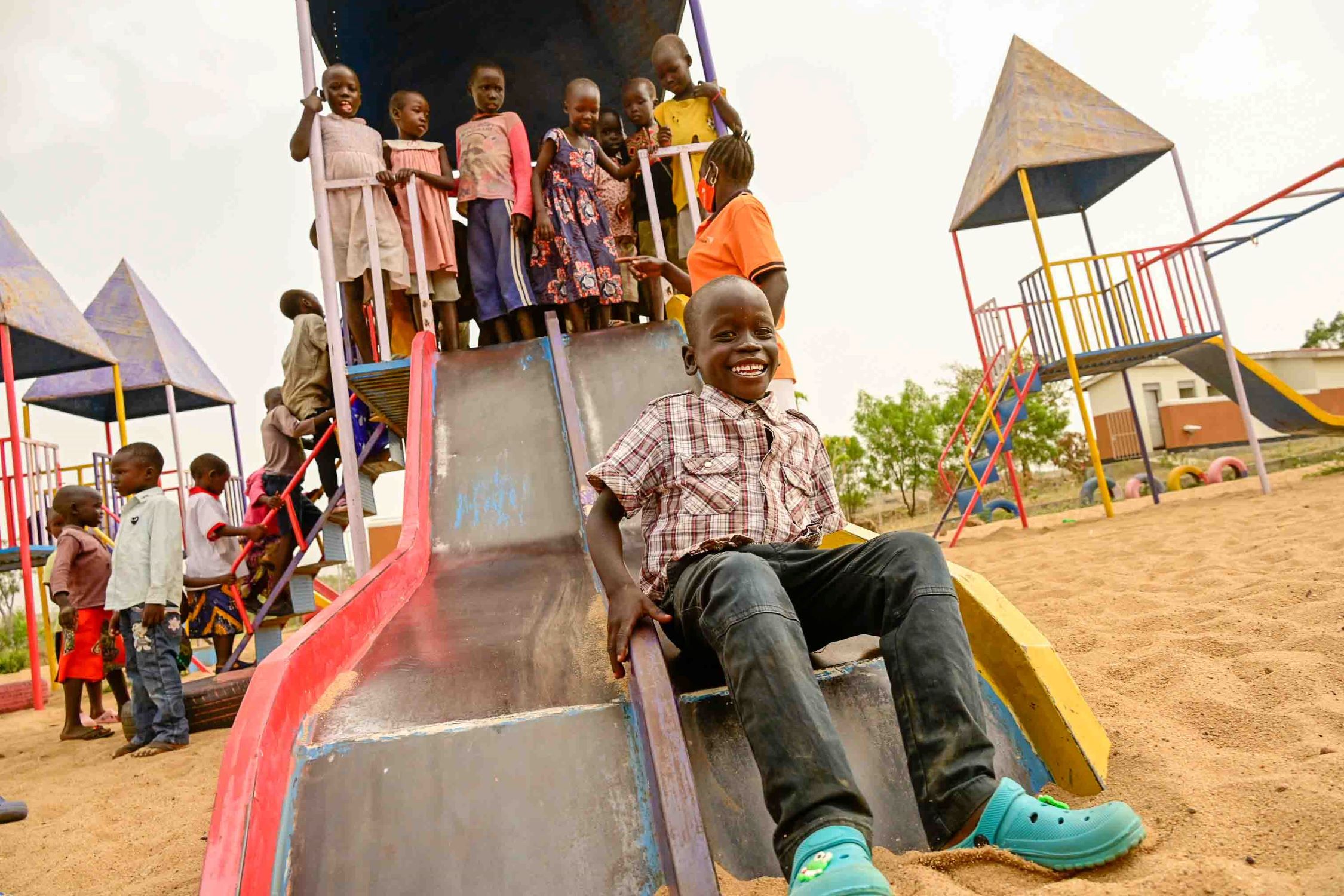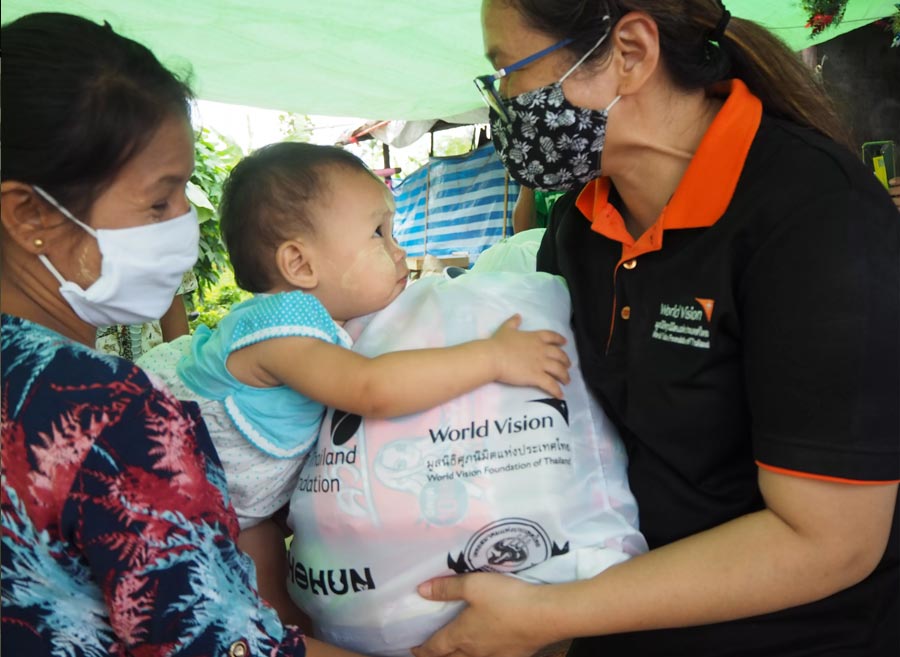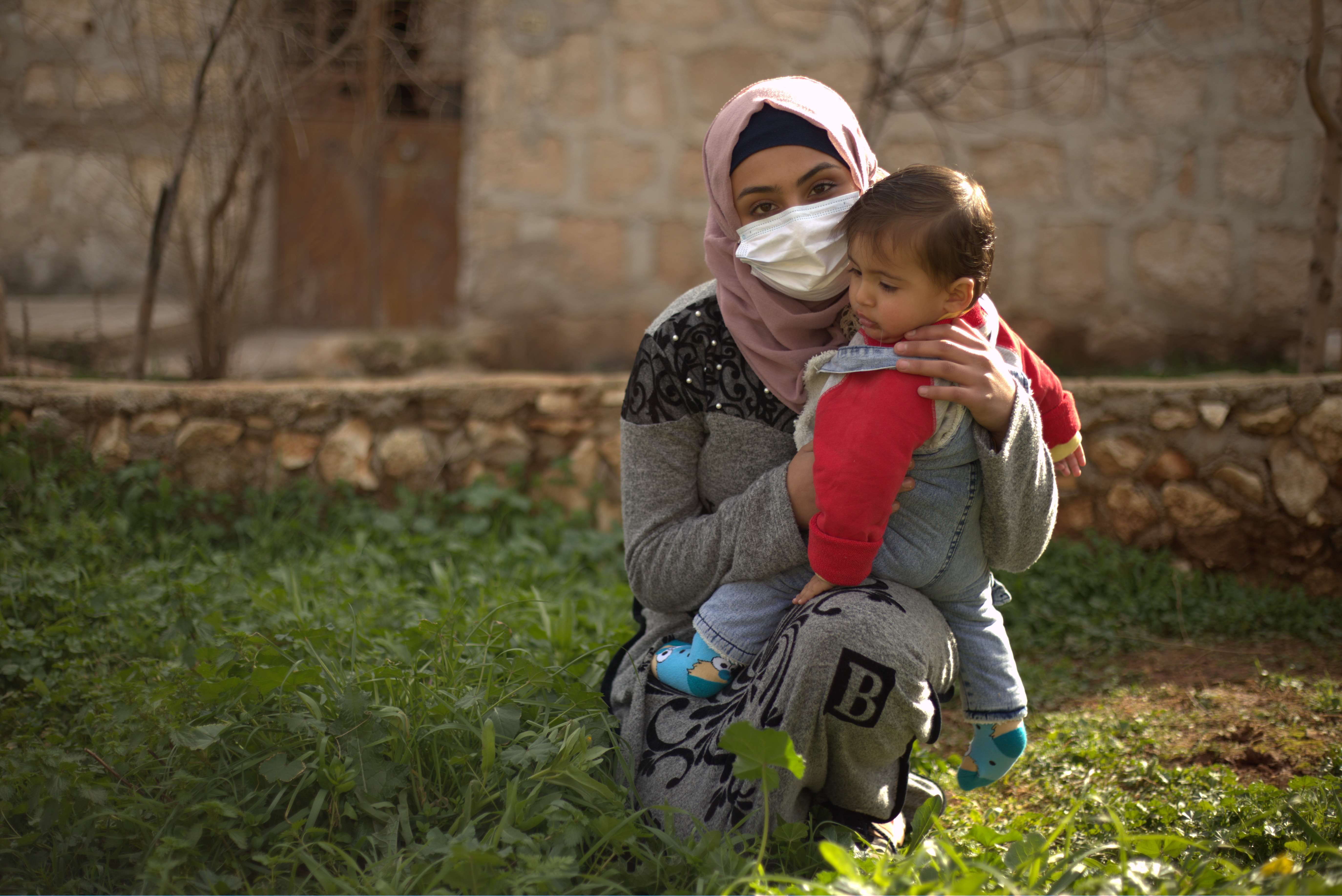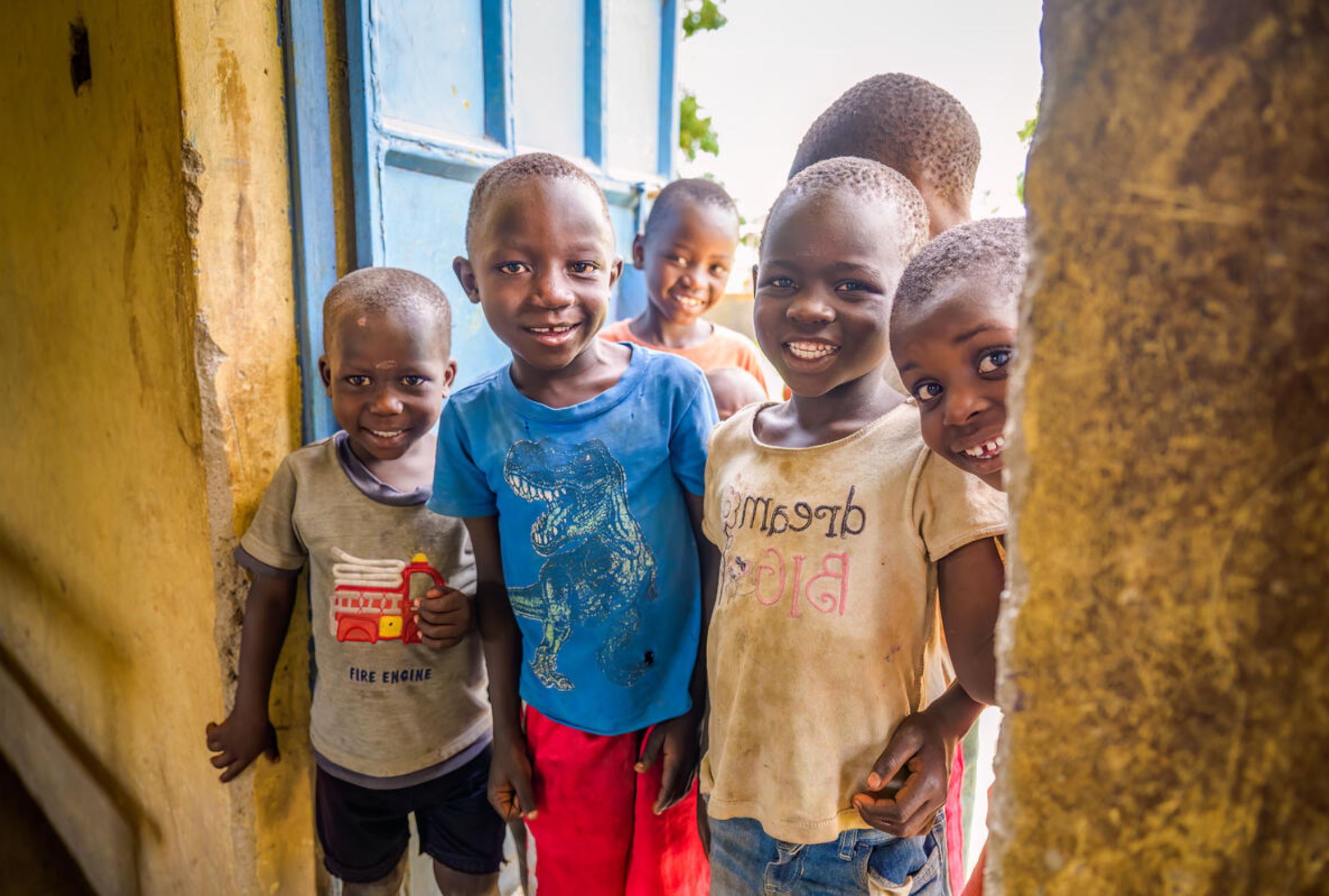Why we respond to emergencies
We are called to go where we're needed most. Over the past five years we've increased our work in fragile states by 18%, and now nearly one in three children we support live in the most fragile and inaccessible states in the world, where disasters are most likely to strike and children are most vulnerable.
Why? Emergencies can deprive children of their homes and security, leaving them open to abuse and extreme poverty. With your support, we intervene rapidly when disaster strikes to protect and bring hope to vulnerable children and families, supporting displaced people and those seeking refuge across borders. And we help them rebuild, adapt and increase resilience in the long term.

